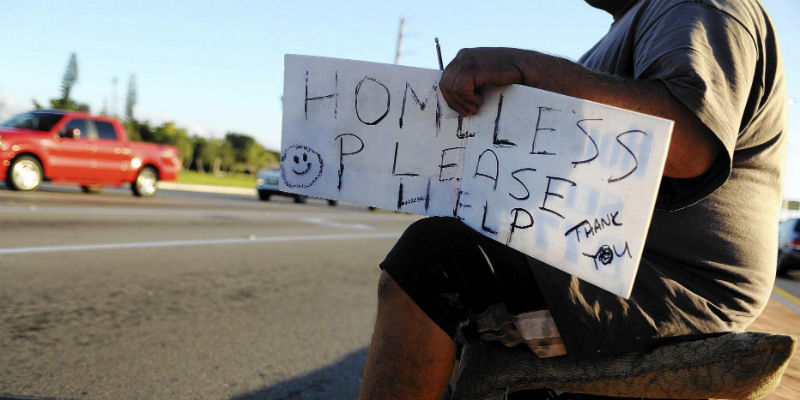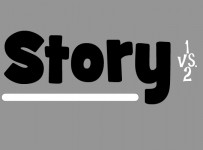I’m not totally sure when it started, but today I see the homeless at almost every intersection. They sit at these high-traffic areas, hoping that their sign will entice people waiting for a light to change to donate a small amount of cash. Their signs usually have a simple call to action, such as “please help” and their stories are told by the worn look on their faces and through their desperate acts of standing and sitting for hours at an intersection.
I’m sure this has been going on for years, but I’ve noticed a lot more of these intersection dwellers in the last half decade. Is it a successful tactic? I have to assume so due to its growth. Under this assumption, I also must assume an increase in competition. If there is a homeless person at every intersection with a sign that reads some variation of “please help,” one would think that this message is starting to lose its effectiveness. I know I’ve started passing by these people without a thought, as they blend into the ambiance of an intersection like a stoplight or a CVS Pharmacy would.
Until today. Today I saw a man at an intersection with a sign that simply read:
“Tent Stolen.”
While I in no way mean to make light of his situation, the sign stuck me as a brilliant piece of copywriting. The sign instantly sparked my imagination. Here was a homeless man who at least had a tent. While not much, he had a roof over his head. He had shelter for harsher weather conditions. He had a source of shade in the hot summer months.
But now, it’s gone. I can’t imagine the pain when he realized it was stolen. Did he leave it somewhere and discovered it missing? Was it forcibly taken from him?
With two simple words, this homeless man differentiated himself from all other homeless men and women that take positions at intersections. This type of differentiation is the goal of all copywriting. I wonder if this man even knew how brilliant his sign was. He probably didn’t care, he just wanted to replace his tent.
“Tent Stolen” is an example of flash fiction, which is an extremely brief short story. A great example is Six Word Stories, a site that allows users to submit stories that are six words. The site itself is inspired by perhaps the most famous example of flash fiction, and copywriting, in history:
“For sale, baby shoes, never worn.” – Ernest Hemingway
Some of the most powerful copywriting is short and has an engaging narrative. While Hemingway may not have wrote this passage for copywriting purposes, it is an effective way to sell baby shoes.
For all of us writing copy in the future in order to motivate action, we can learn a lot from Hemingway and the homeless man I passed on the street. You don’t need thousands of words to tell a good story, you only need to guide one’s imagination.
I sincerely hope the homeless man I passed was able to raise enough money to buy a new tent.




